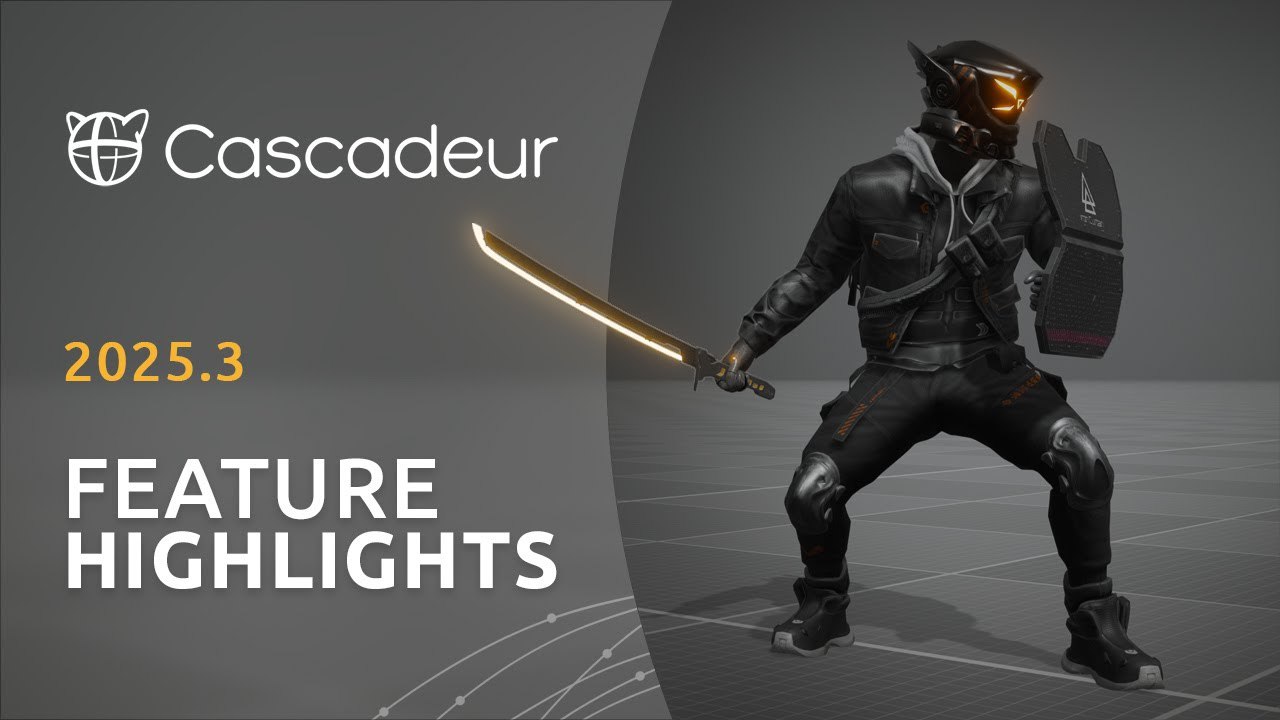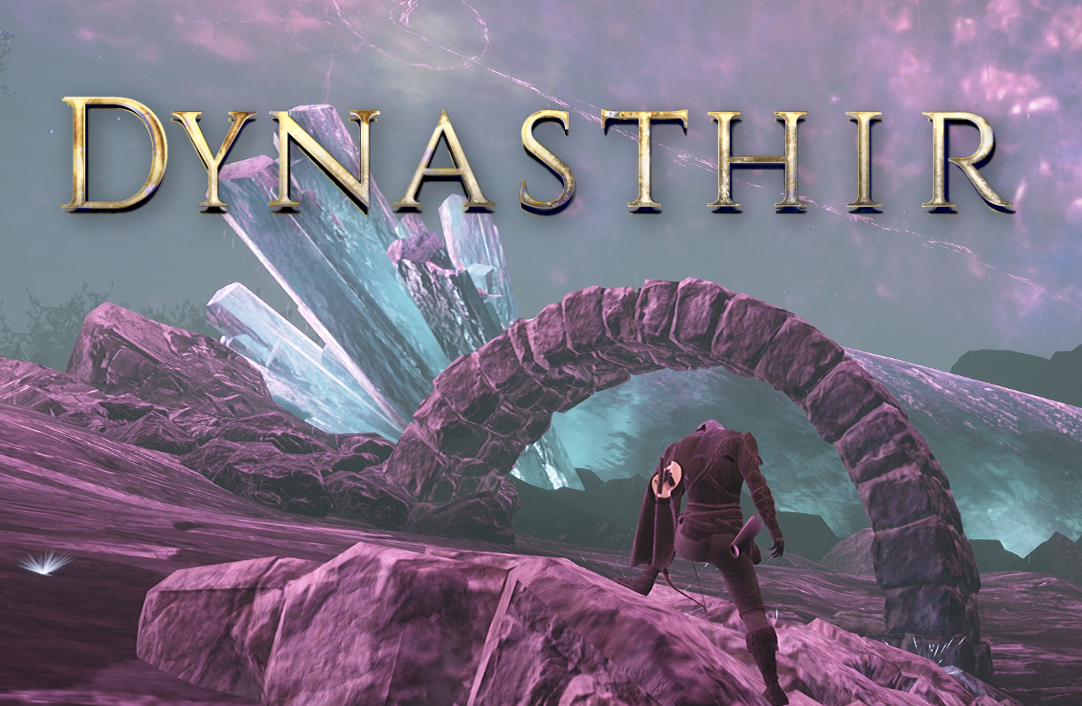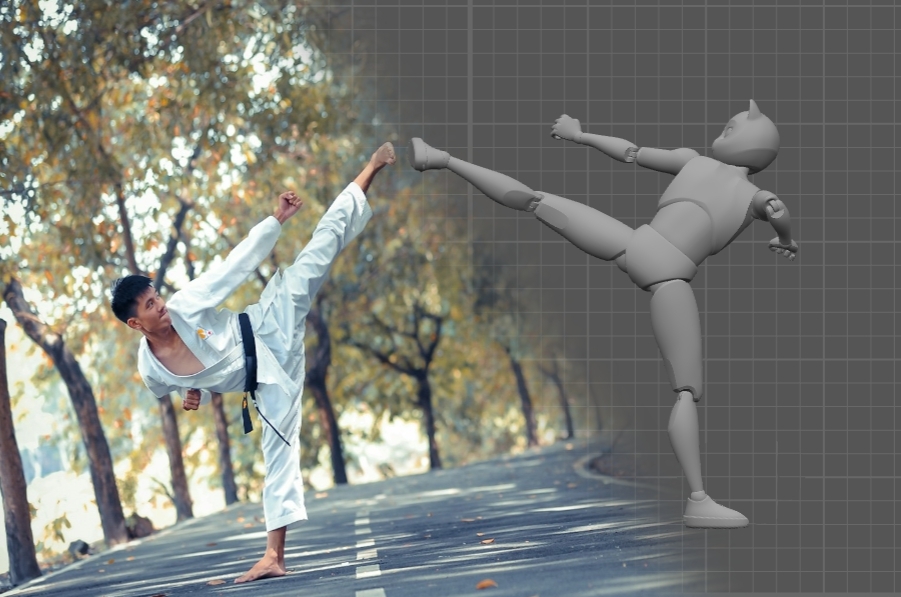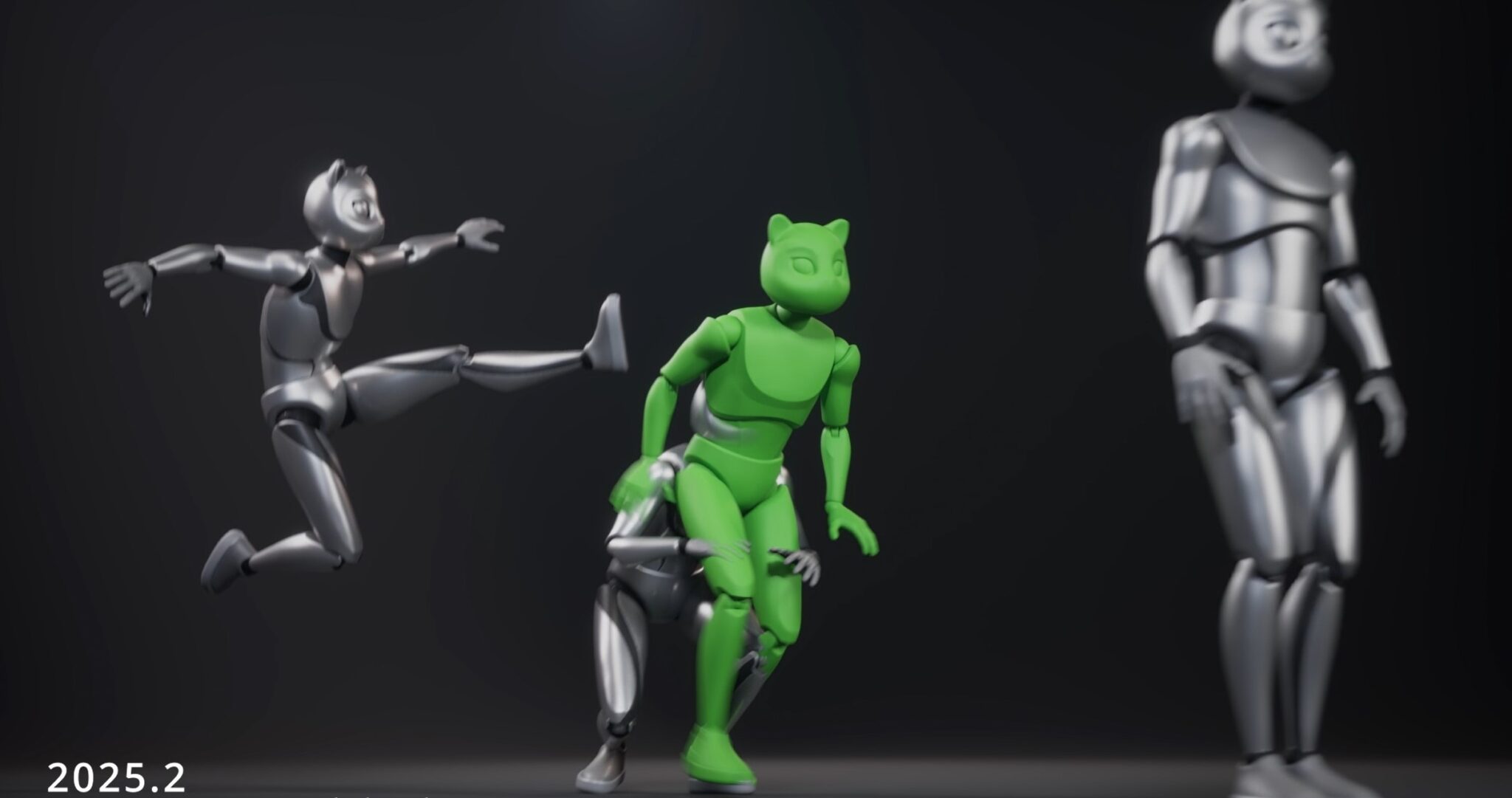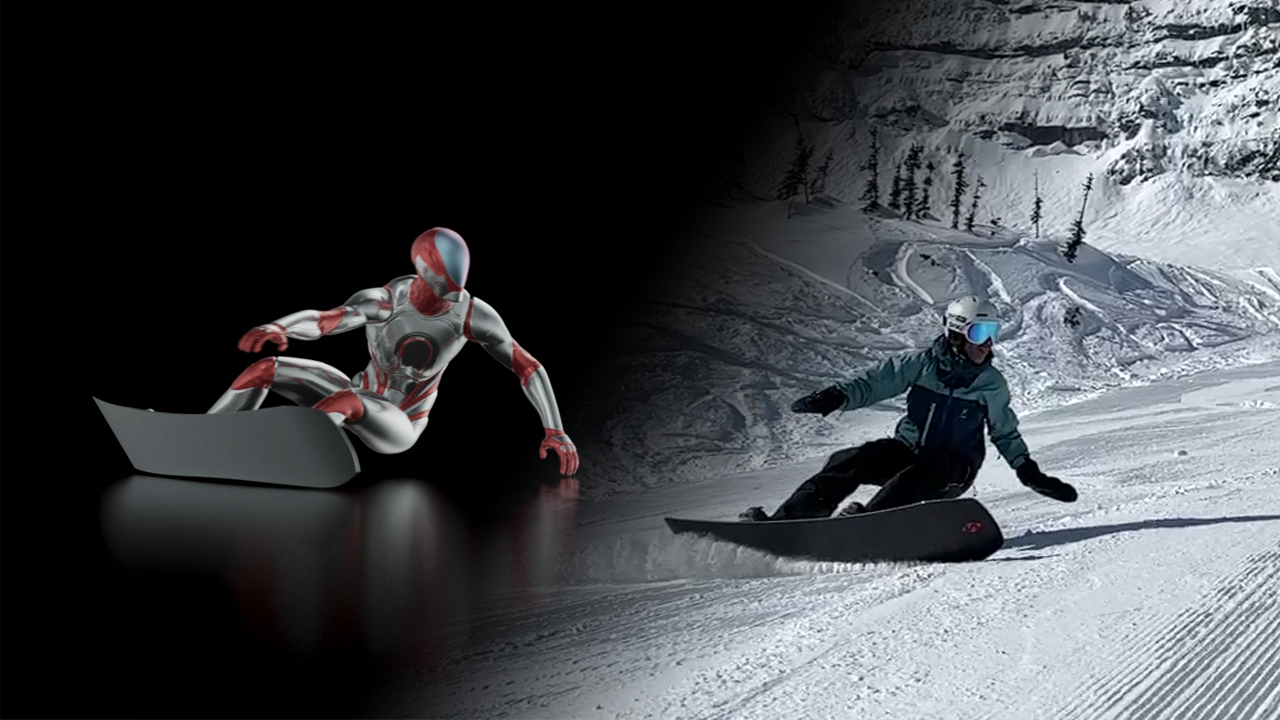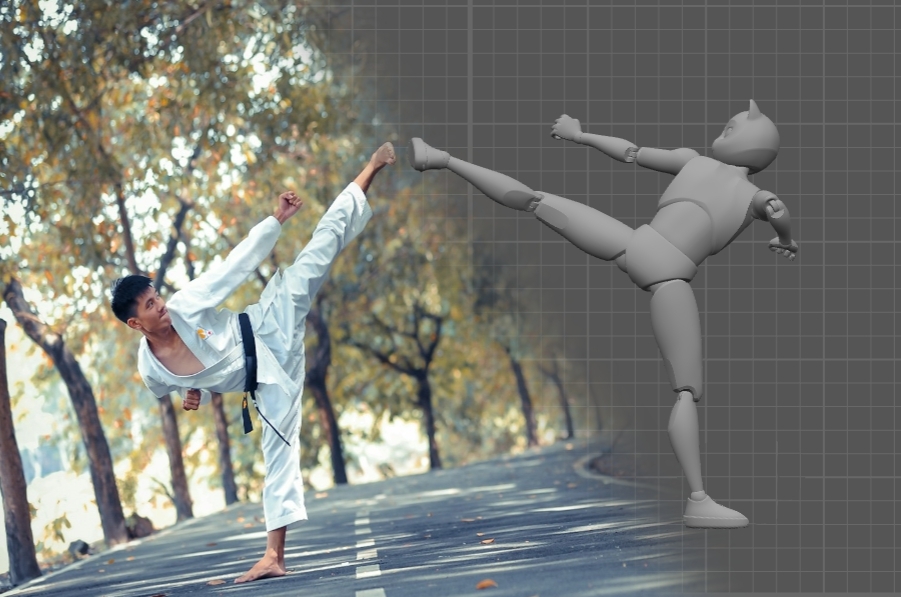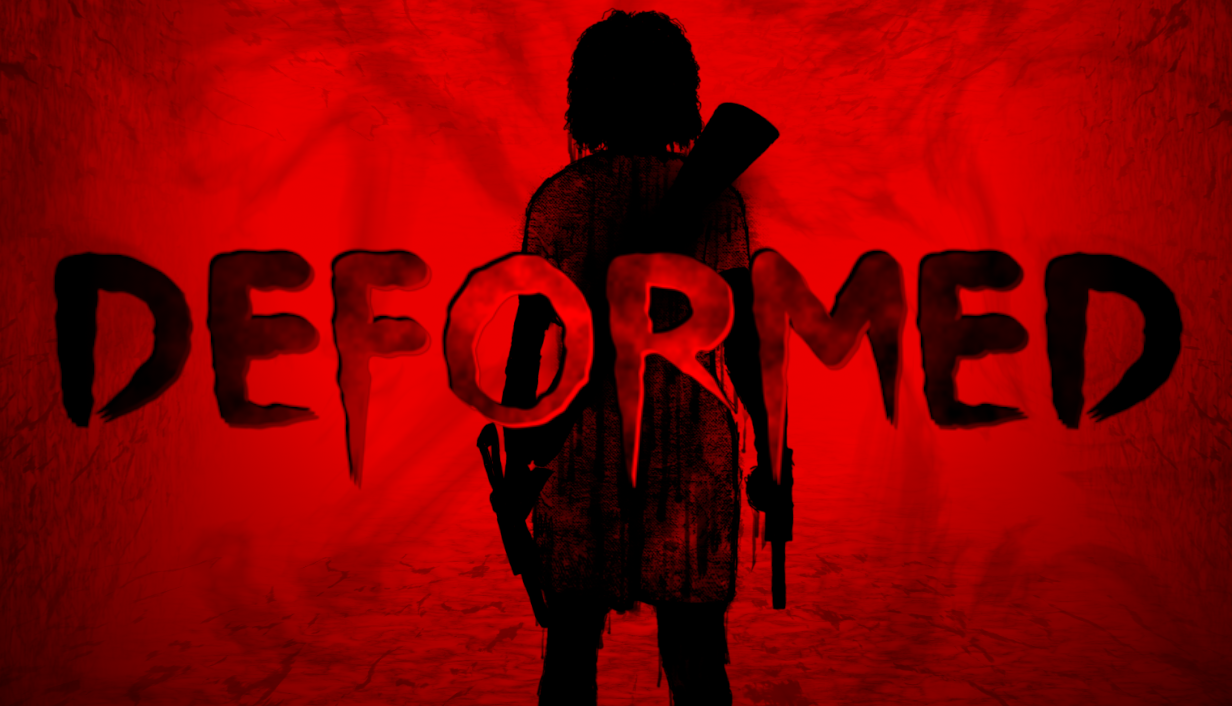
Contra, Mega Man, God of War (2005), and of course – Dark Souls. These are the games that shaped my love of the medium growing up, and they stand as flashpoints of innovation, passion, and a deep admiration for the art form that is video games.
It is a love that a small group of friends, including myself, have fostered to such an extent, near the beginning of 2023, we decided that we would step into the mystical realm of video game development with nothing but dreams of making a great game , and a collective, dogged determination. Over the course of recent years, I've come to realize that video games as a medium have passed their golden age some time ago. Indeed, many incredible heights in gaming continue to be reached – titles such as Elden Ring, Baldur's Gate 3, and Alan Wake 2 are but a few that come to mind. Even so, gone are the days where original, engaging, and immersive single-player experiences driven forward by memorable narratives are the staple of the medium. Instead, we now find ourselves in an era saturated with Games-as-a-Service multiplayer juggernauts, reboots, sequels, and vague facsimiles of long-gone greats. Although these relatively new spheres of gaming afford many gamers with great, enjoyable experiences, as well as opportunities to experience classics of the medium in updated and accessible ways, they remain part of a trend of games that has never really clicked with me. Perhaps it has to do with my reclusive nature, perhaps I'm just a grouchy old man in a 30-year-old's body. Either way, it stirred something within me.
But one thing after another: My name is Dylan and I'd like to share a brief but exciting journey of how Cascadeur championed our modest group's introduction to game development.
I had been brewing a story that I desperately wanted to share with others for a while, and with a background and occupation in film writing and directing, I set about pitching the concept to my friends: A dark fantasy, narrative-driven ,action- adventure game that draws on the brutal, pulse-pounding, frenetic combat of the original God of War trilogy and the themes and atmosphere of Dark Souls, with metroidvania-like exploration and a heavy emphasis on immersion and player responsivity.
The only problem? None of us had any background in game development whatsoever. In fact, I was the only one who had begun to dabble with Unreal Engine two months prior. My other teammates – Albert, Francis, Warren, and Willem, with backgrounds stemming from accounting to logistics, had never touched any sort of animation or development tools whatsoever.It was eventually decided that Francis would be our lead composer, Albert would take point in overseeing 3D modeling, and Willem would head up animation with support from myself and Warren, while I would then try to oversee our progress and cobble together the fruits of our labor in UE 5 between our full-time jobs, family responsibilities, and other commitments.
The next few months involved us familiarizing ourselves with Cascadeur, and without a doubt, all of us found it the most accessible program to use by far. In comparison to tools like Blender and Unreal Engine, it is incredibly easy to fall into a functional groove with the software. Before long, we were concepting and blocking out scenarios in Cascadeur: using its various animation and posing functions:


As well as getting used to its various animation and posing functions:

We also got to work on integrating tailored animations for our main character:


Before long , Cascadeur had afforded us a door into the vast and complex world of game development, allowing us to bring to life what we previously would have thought impossible in such a short amount of time with movement generated through AI-assisted keyframing:

And Cascadeur's auto- posing:

Things were moving along smoothly, and our confidence was bolstered by how easy and seamless Cascadeur's tools made all our work. Unfortunately, while our efficiency with Cascadeur grew consistently, Unreal Engine was another beast entirely. Though we came to realize it as an extraordinary platform with near-limitless potential, and a relatively easy foray into learning the basics, one aspect of the engine that none of us had managed to gain an extensive handle on was blueprinting. With no collective background in any form of coding, we felt like we were headed into some rough terrain. Thus, the ideas and plans we had for moving forward with fleshing out a vertical slice of our budding game began to diminish, slowing to a crawl.
However, our comfort and growing knowledge in Cascadeur kept us going. We decided to pivot and scale back slightly, opting to create a proof-of-concept trailer that we could work towards as an initial milestone on our development journey. While the movements and pacing of the trailer wouldn't have the same high energy as our earlier experiments and tests, we persisted in wanting to deliver a piece that showed off what our newly acquired animation skills had taught us in a nuanced and believable way. So, we went to work plotting out the various shots of our trailer, storyboarding them, realizing them in Cascadeur using its various features, and implementing them within Unreal Engine. We would also bring meshes directly into the software to accurately block out how they would translate into the environments we constructed for the trailer:


Cascadeur's finger posing function also served to speed up some of the more detailed work amazingly:


The result was a trailer we believe conveys some of the narrative, tone, and themes of what we had originally intended for.
This entire experience and the resulting work would never have been possible without the use of and incredible support from Cascadeur's team. For now, our next steps moving forward will be applying for and gaining funding for the project, as well as seeking capable and experienced individuals to join the team. With this milestone under our belt, our confidence has been bolstered to continue learning, building on, and growing this work into a special and memorable experience we can share with others and be proud of.
A great thanks to community members who have taken the time to read this article, and to Cascadeur for giving us the means and the platform to create and share this work. We will most definitely be using this software well into the future.
